
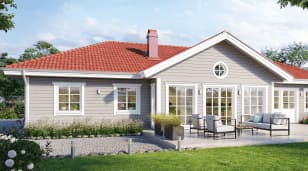
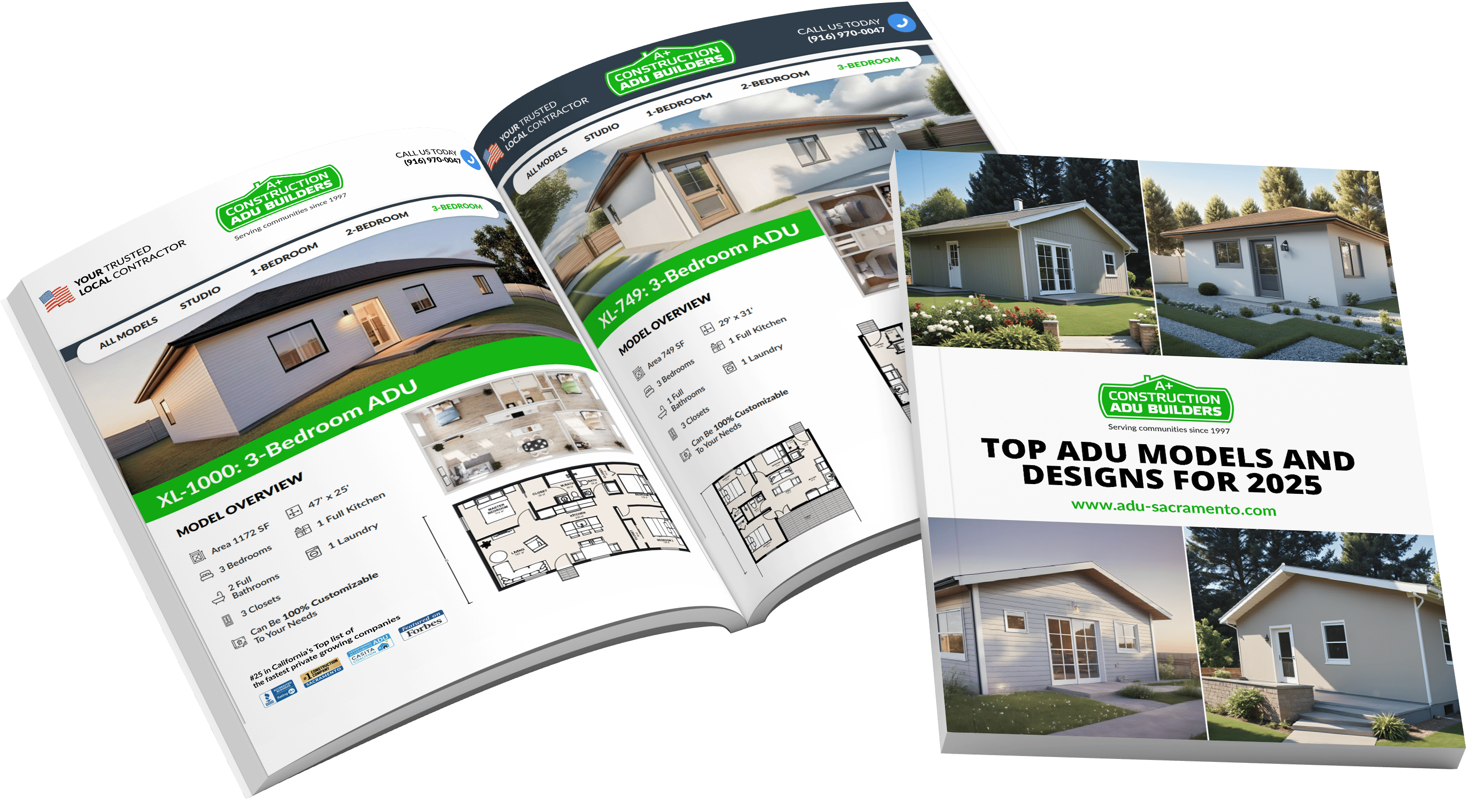


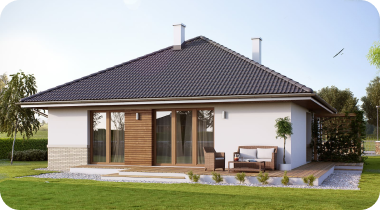
A link to download your FREE brochure will be in your inbox in 3 minutes
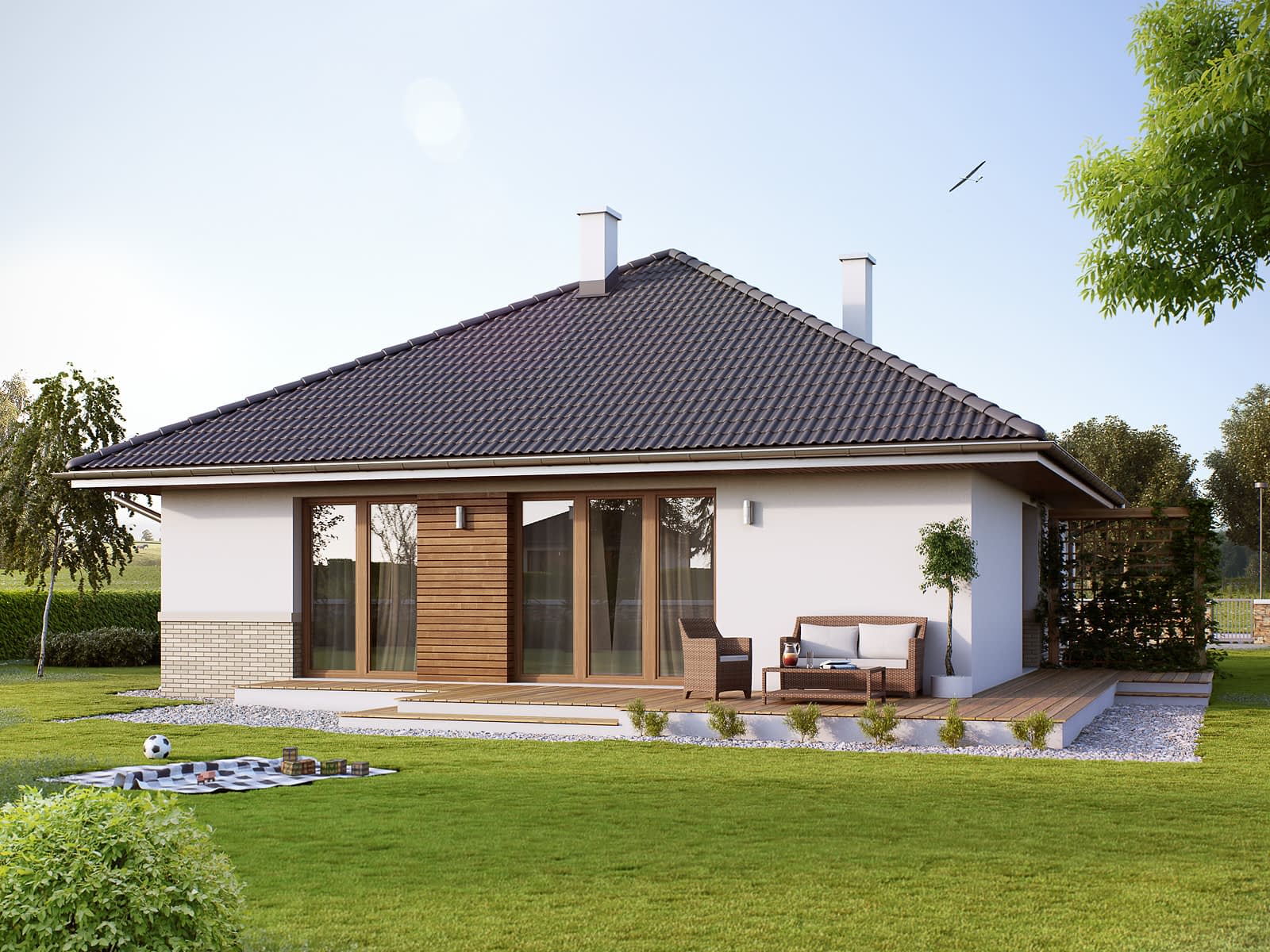


















The final price may vary based on project specifics.
To get a free accurate quote tailored to your needs, book a consultation with us today!

The price per square foot provided is an average and may vary depending on project-specific details such as materials, location, complexity, and other factors. Actual costs may differ from the average provided.
It is recommended to obtain a detailed quote based on the specific requirements of your project.

Please note that the monthly payment displayed on this page is an estimate and is subject to variation based on the selected loan product, applicants credit score, loan amount, and other financial details. Actual monthly payment may differ from the estimate provided.
It is recommended to seek advice from a financial advisor or loan officer to obtain precise payment information tailored to individual circumstances.
 Your Trusted
Local Contractor
Your Trusted
Local Contractor

One of the most attractive aspects of a tiny home is the potential for integrating environmental technologies. A majority of eco-friendly tiny homes come equipped with solar panels and solar power systems, providing a renewable energy source. Other eco-friendly tiny homes maximize extra storage space and employ windows for passive heating, using the sun's energy and reducing heating costs. Rainwater collection systems are a staple, allowing homeowners to harness nature's resources.
The newest sustainable materials are used in their construction, further emphasizing the off-grid lifestyle. For those building their own home, a few top tips include optimizing windows placement for natural light and considering technologies that offer increased mobility.
The shift toward a more sustainable lifestyle is a growing trend. As climate change becomes a more pressing issue, many are seeking out ways to minimize their carbon footprint and live in harmony with the environment. One approach that's gained momentum is the rise of tiny homes. Not only are they efficient in terms of space, but many tiny home designers are also focusing on incorporating eco-friendly features.
Let's dive deeper into some of the environmental technologies being used in tiny homes today.
Capitalizing on solar energy is emerging as an integral part of sustainable tiny home lifestyles. Solar panels present a formidable solution for those in tiny homes aiming to diminish their energy use. By transforming sunlight into usable electricity, these panels cater to the energy demands of the house. Given the compact nature of many tiny residences, a handful of these panels can often suffice for the home's entire energy requirement. The trend of living autonomously, away from traditional power grids, is gaining traction among those embracing the tiny home ethos.
Leveraging solar energy not only trims down the environmental impact but also offers a pathway for residents to economize on their energy expenses.
Rainwater collection systems are becoming standard in many tiny homes. By collecting and storing rainwater, tiny house dwellers can consume fewer resources and minimize their dependence on mainstream water supplies. This system is particularly beneficial for those who live in a tiny house in areas with water scarcity. After collection, the rainwater can be filtered and used for various purposes, from watering plants to providing hot water for daily use.
The construction of tiny homes often focuses on using sustainable materials. Recycled materials like reclaimed wood and bamboo flooring are popular choices. There's an added emphasis on fewer materials, resulting in less waste during the building process. Some tiny homes are even constructed from shipping containers, a testament to the innovative and environmentally friendly approach many builders take.
The allure of tiny homes extends beyond their quaint aesthetics. These homes are the epitome of sustainable living, making substantial strides in environmental preservation. For those pondering on the thought, "What are some environmental technologies for tiny homes?" The journey into tiny home living provides a multitude of answers that are both innovative and eco-centric. As the world grapples with the repercussions of greenhouse gasses and the dire need to cut down carbon dioxide emissions, these compact houses are reducing the construction industry's carbon footprint one square foot at a time.
Furthermore, insulating materials like sheep's wool are becoming popular due to their efficiency in heating and cooling, further reducing energy consumption.
Tiny homes, by their very nature, are designed to consume fewer resources. With less space, tiny house designers focus on maximizing the room they have. Features such as large windows optimize natural light, reducing the need for artificial lighting during the day. Fewer appliances and an emphasis on energy-efficient models mean that tiny homes typically use less energy. Furthermore, composting toilets and systems that recycle greywater significantly reduce water waste.
In conclusion, tiny homes are at the forefront of the sustainable living movement. By incorporating environmental technologies, tiny home owners can lead a more eco-friendly lifestyle, combat climate change, and ensure a greener future for all.
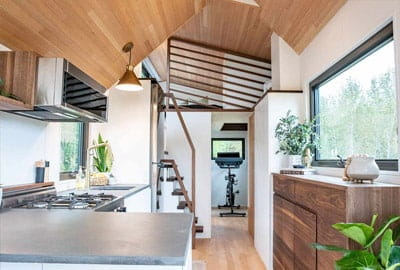
By opting for tiny homes, individuals are not only taking time out to understand their environmental impact but are actively choosing a life that produces less waste and utilizes fewer trucks for transportation. The materials used in their construction, often sourced from sustainable resources, ensure a minimized environmental impact. A life in a tiny home is not just about reducing space but amplifying the efficient use of resources. With large windows letting in abundant natural light and innovative storage spaces ensuring efficient use of every corner, they are a testament to how we can lead a sustainable lifestyle without compromising on comfort.
Moreover, tiny homes often promote a community-centered lifestyle, where energy use is transparent, and communal resources like food and coffee are shared, further reducing waste. And while the appeal of tiny homes might not resonate with everyone, it's undeniable that their approach to housing is carving a niche for environmentally friendly construction practices. Whether you're considering living off grid or merely reducing electricity dependence, the future of housing seems to be swinging towards these eco havens.
So, as we navigate this ever-evolving world, grappling with the effects of climate change, turning to tiny homes might not only be a smart choice for our wallets but, more importantly, for our planet. In the long run, they represent more than just a trend; they symbolize our collective effort to make peace with the environment, one tiny step at a time.
Due to their compact design, tiny homes often use significantly less energy. Fewer appliances, efficient design layouts, and fewer resources required for heating and cooling make tiny house living a much more eco-friendly lifestyle.
Tiny homes offer creative solutions like multi-functional furniture and lofted beds to maximize storage space. Many tiny house designs also incorporate renewable energy solutions with built-in storage spaces.
Tiny homes, on the whole, tend to have a much smaller carbon footprint than prefabricated homes. They require fewer materials in construction, produce less waste, and often incorporate sustainable resources into their design.
While integrating sustainable and eco-friendly technologies might have a higher upfront cost, in the long run, they often save money. Solar systems, for instance, can cut down monthly electricity bills, and rainwater collection systems reduce reliance on public water utilities.
The energy consumption of tiny houses is significantly lower than traditional homes, primarily because of their small size and the use of energy-efficient technologies. On average, tiny house dwellers reduce their energy use by 40-50%, depending on the sustainable technologies incorporated. With fewer appliances, less space to heat or cool, and often more efficient windows, the savings can be substantial.
Using reclaimed wood and other recycled materials in the construction of tiny houses means fewer materials are sourced. This not only conserves resources but also reduces the carbon dioxide associated with producing and transporting new materials. Moreover, sheep's wool, often reclaimed, is an increasingly popular eco-friendly insulation material in tiny homes.
Bamboo flooring is gaining traction among tiny house owners for several reasons. Bamboo is a rapidly renewable resource, making it a sustainable material choice. Moreover, its natural resistance to moisture and durability makes it ideal for tiny homes, which often prioritize sustainable materials that maximize the lifespan of the space.
Absolutely! Tiny home living inherently consumes fewer resources, leading to a more eco-friendly lifestyle. With limited room, individuals become more mindful of their purchases, reducing waste. The smaller space also necessitates fewer resources in construction, heating, and cooling, thus significantly lowering the home's carbon footprint. Plus, many tiny house dwellers embrace other sustainable practices like composting toilets, reducing water usage, and relying on renewable energy sources like solar power.
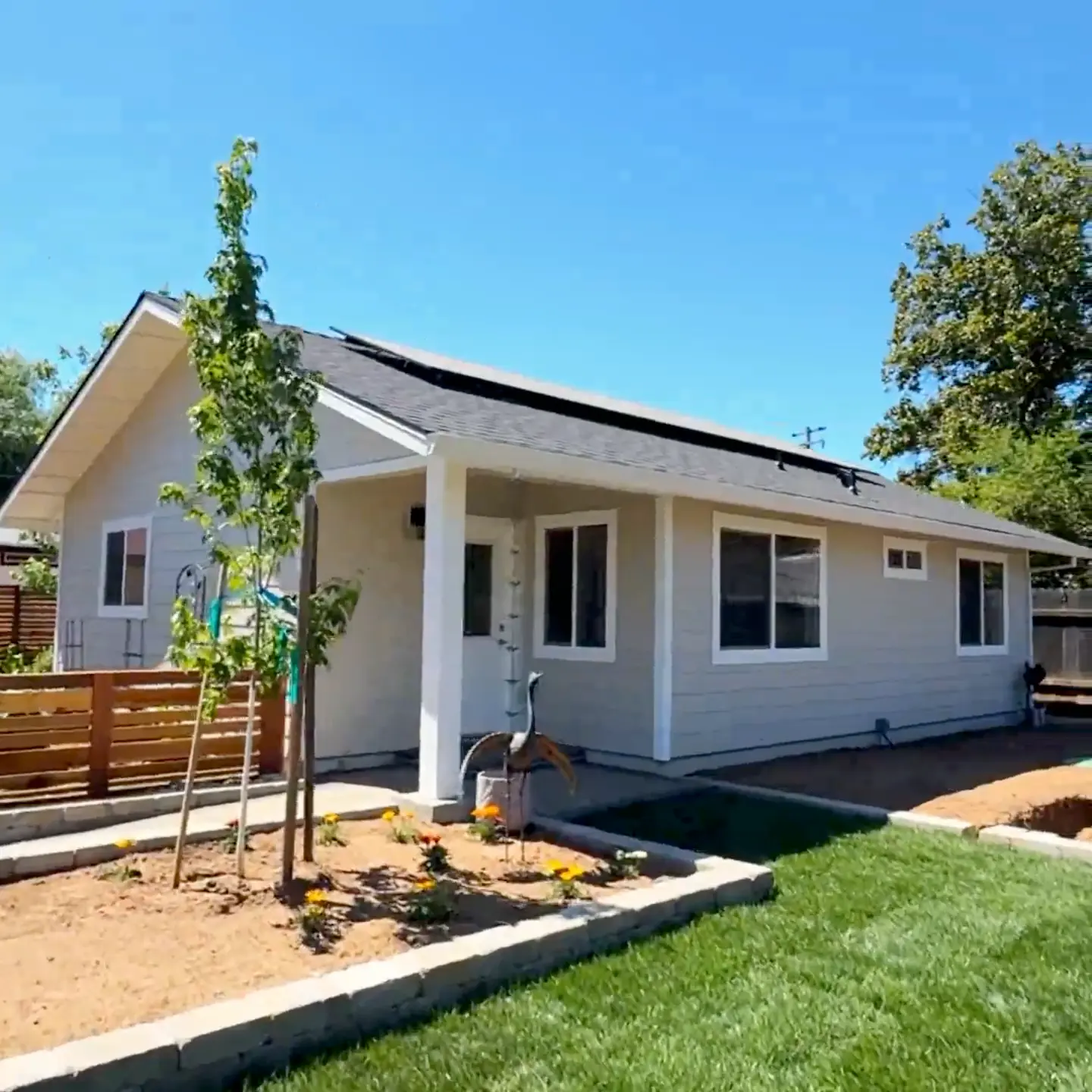
Get a First Look at Real ADU Projects